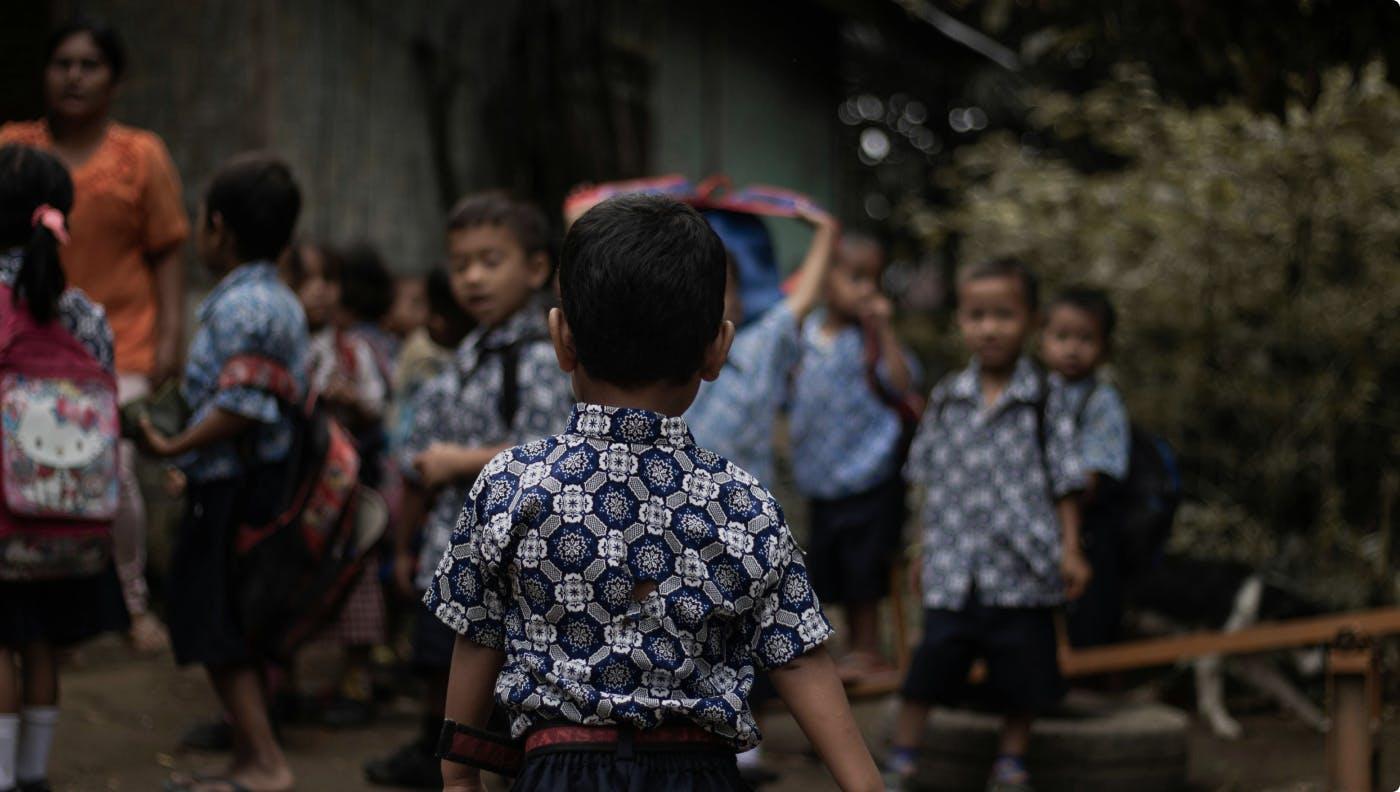About the Program
Child labor remediation and prevention training
This program, developed in collaboration with our partner The Centre for Child Rights and Business, is specifically tailored for upper/mid-level managers in supply chains. The curriculum addresses critical aspects such as definitions of children’s rights, child labor and hazardous work; robust prevention strategies that include key aspects such as age verification, best practices in recruitment (HR), and remediation covering different scenarios including children accompanying their parents to the work floor, as well as young workers in hazardous conditions.
Modules* in this program
- Understanding Children’s Rights and Child Labor
- Child Labor Prevention
- Child Labor Remediation: Underage Workers
- Child Labor Remediation: Hazardous Work and Children in the Workplace
Market availability
- Global (not market-specific)
- India
- Türkiye
- Indonesia
- Thailand
- Bangladesh
Please reach out for availability on additional markets.

*Our learning modules are based on the ILO Core Conventions, IOM's Migrant Worker Guidelines for Employers, Employer Pays Principle (EPP), OECD Guidelines for Multinational Enterprises, the UN SDG's 5, 8, 12 and 17 as well as local law.
Multi-language Support
This program is currently available in the following languages.
Manager level
- Bengali
- Turkish
- Indonesian
- Thai
- Hindi
- Marathi
- English
Please reach out for availability in additional languages.
Protect Young Workers
Child labor prevention is relevant for multiple Sustainable Development Goals, including Goals 3 (Good Health and Well-being), 4 (Quality Education), 5 (Gender Equality), 8 (Decent Work and Economic Growth), 10 (Reduced Inequalities), 12 (Responsible Consumption and Production) and 16 (Peace, Justice, and Strong Institutions).
160M
children are in child labor, accounting to almost 1 in 10 children worldwide, according to ILO.
79M
The number of children aged 5 to 17 years in hazardous work – defined as work that is likely to harm their health, safety or morals – has risen by 6.5 million to 79 million since 2016, according to ILO.

